Coconuts—known as the “tree of life” in many tropical cultures—are among the most versatile and economically significant crops in the world. From coconut oil and water to milk, flour, fiber, and even charcoal, nearly every part of the coconut has a commercial or culinary use. But have you ever wondered: Where does the world get most of its coconuts?
The answer is clear: The Philippines, Indonesia, and India are the top three coconut-producing countries, with the Philippines long considered the world leader. These tropical nations dominate the global coconut industry, contributing over 70% of the world’s total coconut output. In this article, we’ll explore the reasons for their dominance, how coconut production is distributed worldwide, and what the future holds for this important crop.
Understanding Coconut Production: A Global Overview
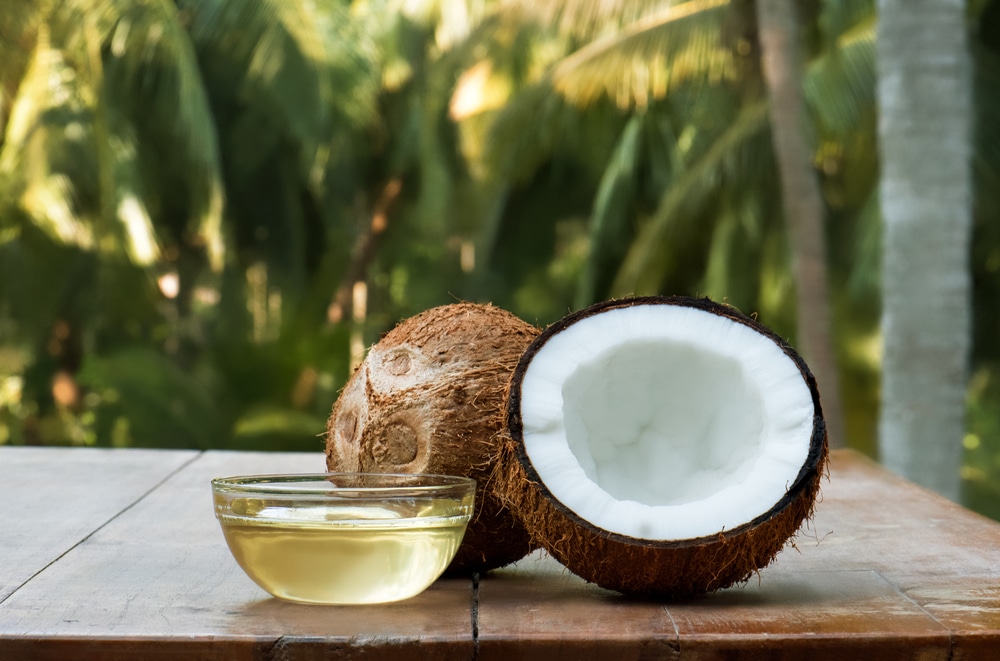
The coconut palm (Cocos nucifera) thrives in coastal tropical climates—regions that are hot, humid, and receive consistent rainfall. Countries near the equator are particularly well-suited for coconut farming. Coconut palms typically start bearing fruit within 6–10 years and can continue producing coconuts for up to 80 years under optimal conditions.
According to the Food and Agriculture Organization (FAO), the global coconut production exceeds 62 million metric tons annually, with Asia accounting for the vast majority. This production supports a wide range of industries, from food and beverages to cosmetics, pharmaceuticals, and biofuels.
1. The Philippines: The World’s Coconut King
A Long Legacy of Coconut Farming
The Philippines has consistently ranked among the top producers and exporters of coconuts for decades. With over 3.5 million hectares devoted to coconut cultivation and more than 25 million metric tons produced annually, the country’s economy and rural livelihoods are deeply intertwined with the coconut industry.
Key coconut-growing regions include:
- Davao Region
- Northern Mindanao
- Southern Tagalog
- Eastern Visayas
- Zamboanga Peninsula
These areas have the ideal conditions for coconut farming—fertile volcanic soil, abundant rainfall, and coastal humidity.
Major Products and Exports
The Philippines not only grows coconuts for local use but is also a major exporter of coconut-based products, such as:
- Virgin coconut oil
- Desiccated coconut
- Copra (dried coconut meat)
- Activated carbon from coconut shells
- Coconut water
In fact, the country is the largest exporter of coconut oil in the world, with its products reaching markets in the United States, Europe, Japan, and China.
Economic and Social Impact
An estimated 3.5 million Filipino farmers depend on coconuts for their livelihood. The crop plays a crucial role in reducing poverty and supporting food security. In recent years, the government has promoted value-added coconut products, such as coconut sugar and milk, to increase export revenue and farmer income.
2. Indonesia: A Tropical Giant with Massive Output
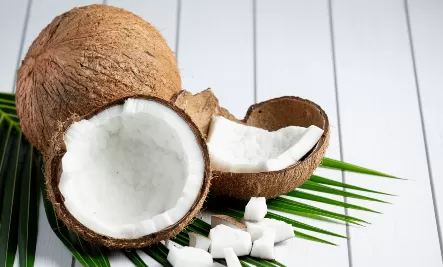
Large-Scale Production
Indonesia, the world’s largest archipelago, ranks second in global coconut production, with an output of around 18–20 million metric tons annually. Coconut farming is spread across more than 2.5 million hectares, especially in provinces like:
- North Sulawesi
- Java
- Sumatra
- Kalimantan
- Maluku Islands
Indonesia has a strong domestic market for coconuts, but it also plays a significant role in regional and global trade, especially in copra, coconut oil, and coconut milk.
Diverse Coconut Industry
Indonesia is known for processing coconuts into various commercial products, including:
- Coconut sugar (gula kelapa)
- Coconut cream
- Coir (fiber) for brushes and mattresses
- Activated charcoal
- Bioethanol and other renewable fuels
The country has also invested in sustainable farming initiatives and organic certification programs to cater to international markets, especially in Europe and North America.
3. India: The Cultural and Commercial Heart of Coconut
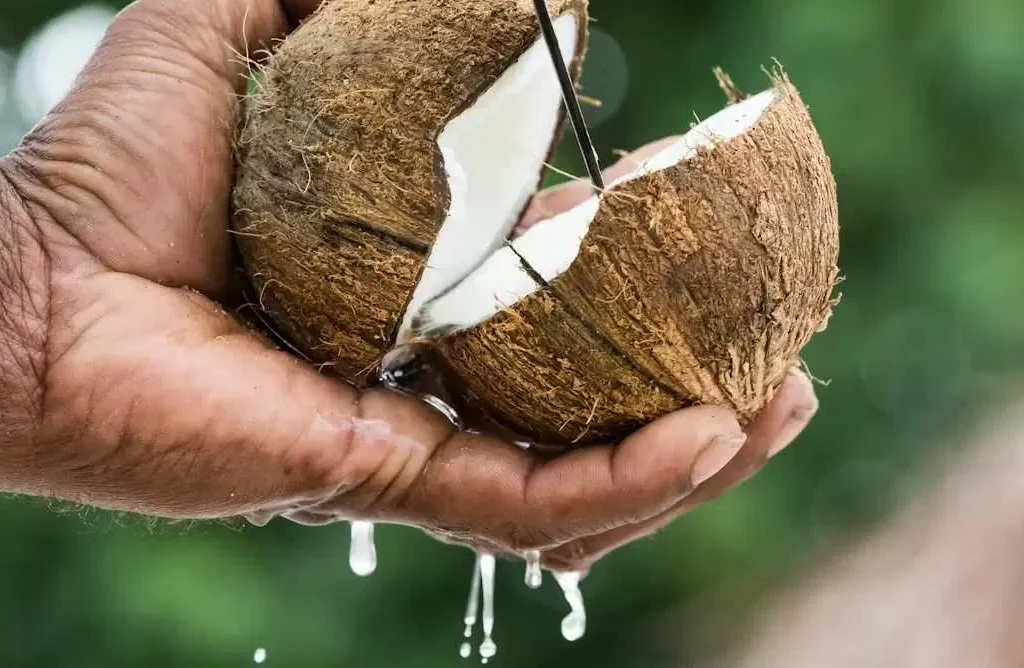
Coconut in Everyday Life
In India, coconuts are not just an agricultural product—they are a cultural and religious symbol, especially in South Indian states like Kerala, Tamil Nadu, Karnataka, and Andhra Pradesh. The country produces around 15–16 million metric tons annually and ranks third globally.
Coconut is widely used in Indian cuisine, ayurvedic medicine, temple rituals, and festive celebrations. The Coconut Development Board (CDB), a statutory body under India’s Ministry of Agriculture, supports farmers with research, subsidies, and marketing programs.
Key Coconut Products in India
- Copra for oil extraction
- Tender coconut water
- Coconut husk fiber (coir)
- Coconut milk and cream
- Coconut shell handicrafts
India is a major consumer of coconuts but also exports coir products, coconut oil, and desiccated coconut to over 100 countries.
4. Other Noteworthy Coconut Producers
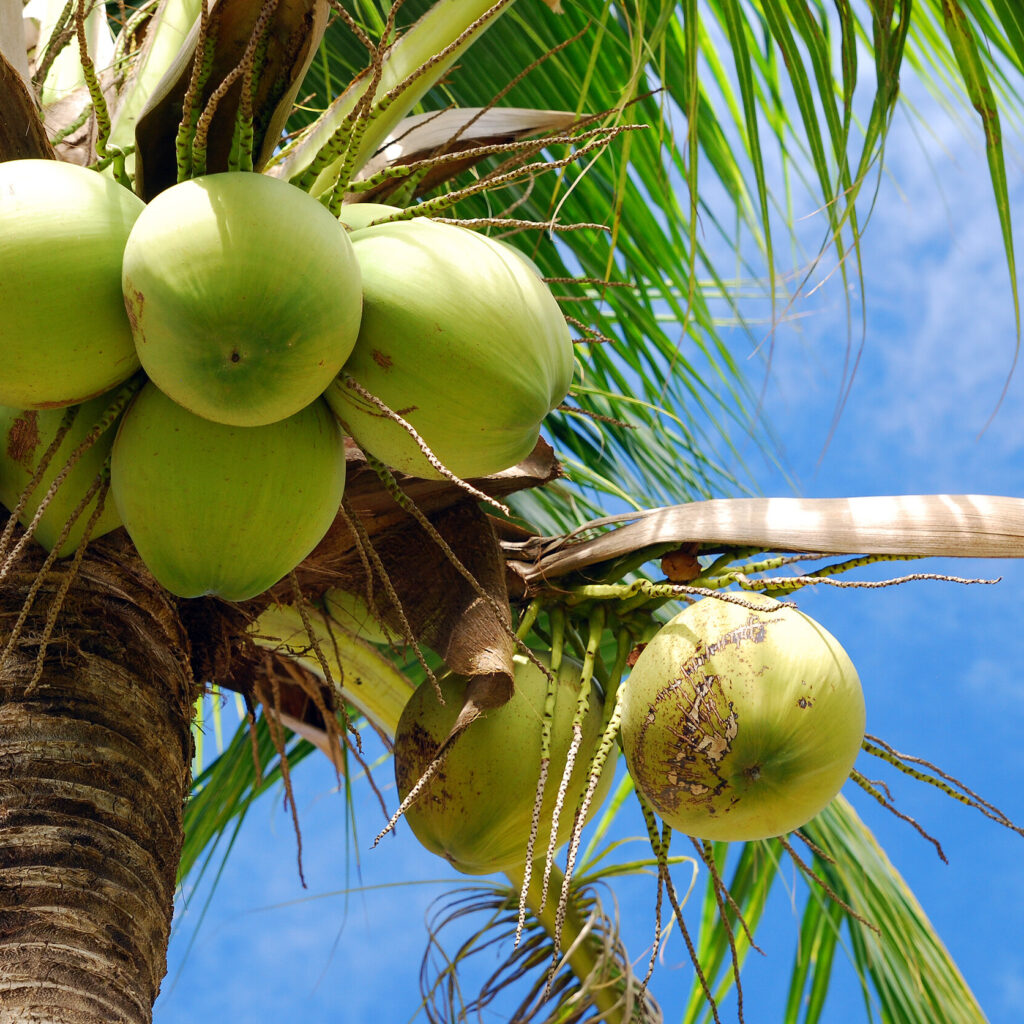
While the top three countries dominate production, other nations also contribute significantly to the global coconut supply:
Sri Lanka
With an annual production of around 2.5–3 million metric tons, Sri Lanka is well-known for its high-quality desiccated coconut and coconut oil, much of which is exported to Europe and the Middle East. The island also promotes organic and fair-trade certified coconut farming.
Vietnam
Vietnam produces over 1.5 million metric tons of coconuts annually, especially in the Mekong Delta. The country specializes in exporting coconut candy, oil, and beverages and is investing in value-added coconut product industries.
Papua New Guinea, Brazil, and Mexico
Other countries like Papua New Guinea, Brazil, and Mexico have smaller but growing coconut industries, catering mostly to local consumption and regional exports.
Why These Countries Lead in Coconut Production
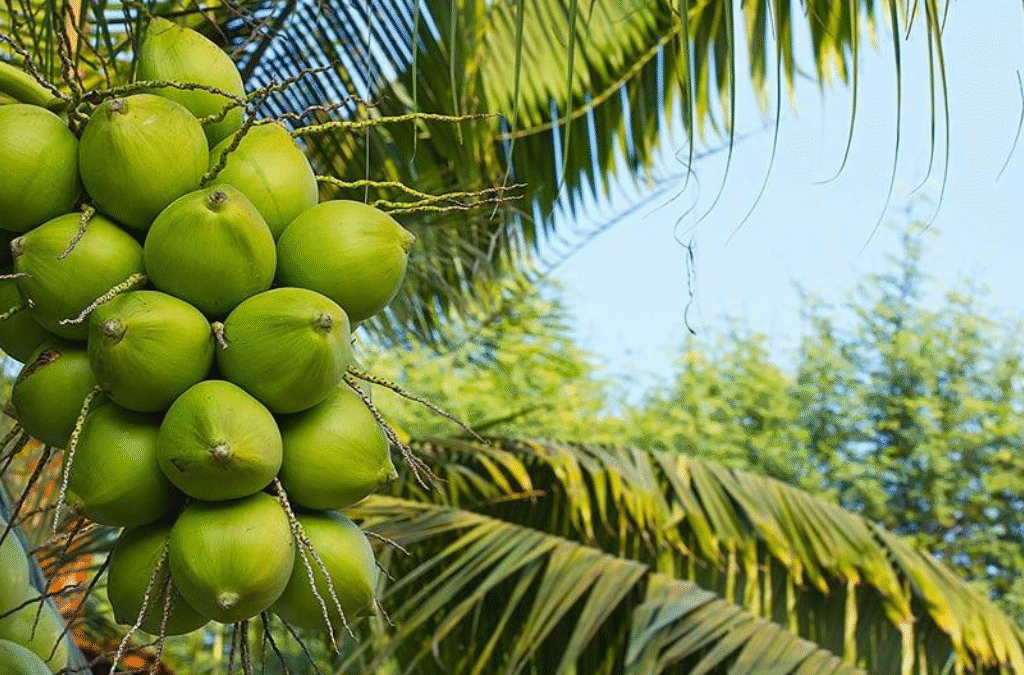
Several factors explain why the Philippines, Indonesia, and India dominate the global coconut market:
1. Climate and Geography
All three countries lie within the tropical belt near the equator, where conditions are ideal for coconut palms—year-round heat, humidity, and consistent rainfall.
2. Cultural Integration
In these nations, coconut is part of daily life—from food and drink to traditional medicine and spiritual rituals. This deep-rooted cultural connection ensures sustained domestic demand and farming expertise passed down through generations.
3. Government Support and Infrastructure
All three leading nations have specialized coconut boards or agencies that provide:
- Farmer training
- Subsidies and support for sustainable farming
- Research on disease-resistant varieties
- Export facilitation and quality control
4. Established Global Trade Networks
With decades of participation in global trade, these countries have established supply chains, port infrastructure, and trade agreements that allow them to serve large importers in the U.S., EU, China, and the Middle East.
Coconut: A Crop with Global Potential
Coconut is increasingly being seen as a superfood and sustainable crop. The global market for coconut products like coconut water, milk, oil, and flour has surged due to rising health awareness, veganism, and interest in gluten-free diets.
The global coconut products market is expected to reach USD 31 billion by 2027, according to industry reports.
Emerging Trends:
- Organic and fair-trade certification
- Eco-friendly packaging of coconut water
- Use of coconut shells for activated carbon and fuel
- Rise in demand for coconut-based cosmetics and personal care products
Challenges and Opportunities
Despite its global popularity, the coconut industry faces some challenges:
- Aging trees and declining yields
- Susceptibility to pests and climate change
- Labor-intensive harvesting methods
- Price fluctuations in international markets
To address these issues, leading producers are investing in:
- Replanting programs with high-yield varieties
- Climate-resilient agricultural practices
- Agro-processing infrastructure
- Export diversification and product innovation
Conclusion
The world gets most of its coconuts from the Philippines, Indonesia, and India, countries blessed with tropical climates, centuries of experience, and robust coconut farming infrastructure. These nations have turned a humble palm fruit into a global commodity, supporting millions of farmers and powering diverse industries—from food to wellness.
As consumer demand for natural, health-boosting, and eco-friendly products continues to grow, the coconut industry is set to expand even further, offering new opportunities for innovation, sustainability, and economic development in the tropics.
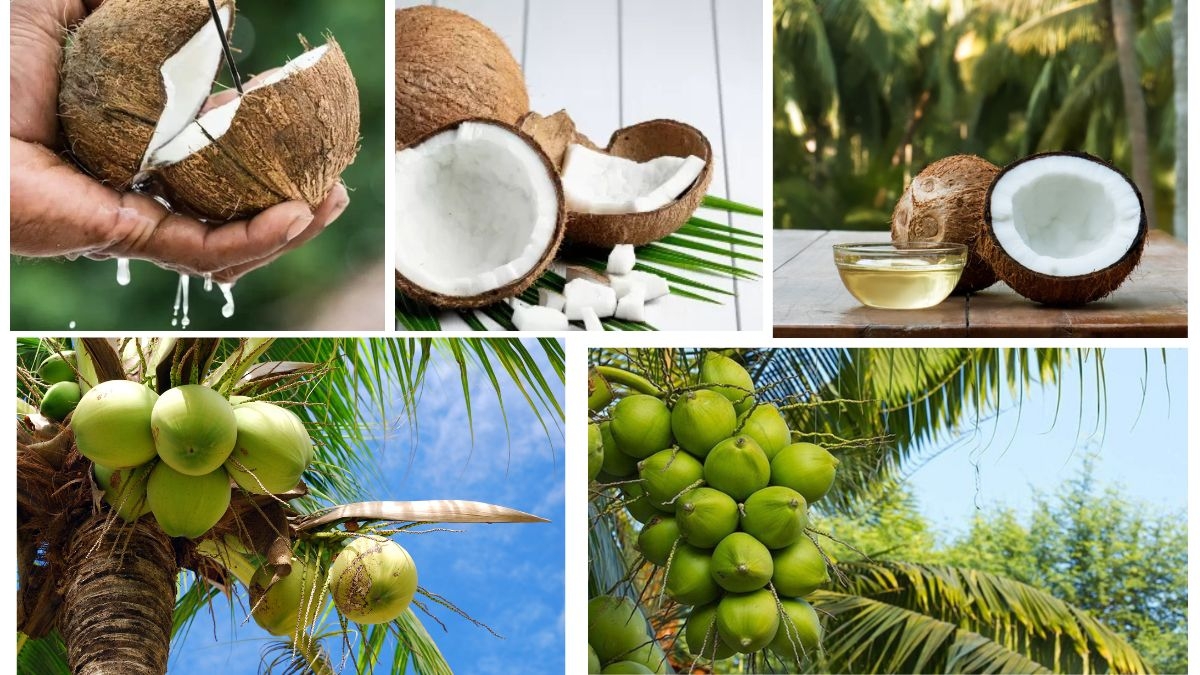



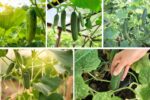

Leave A Comment